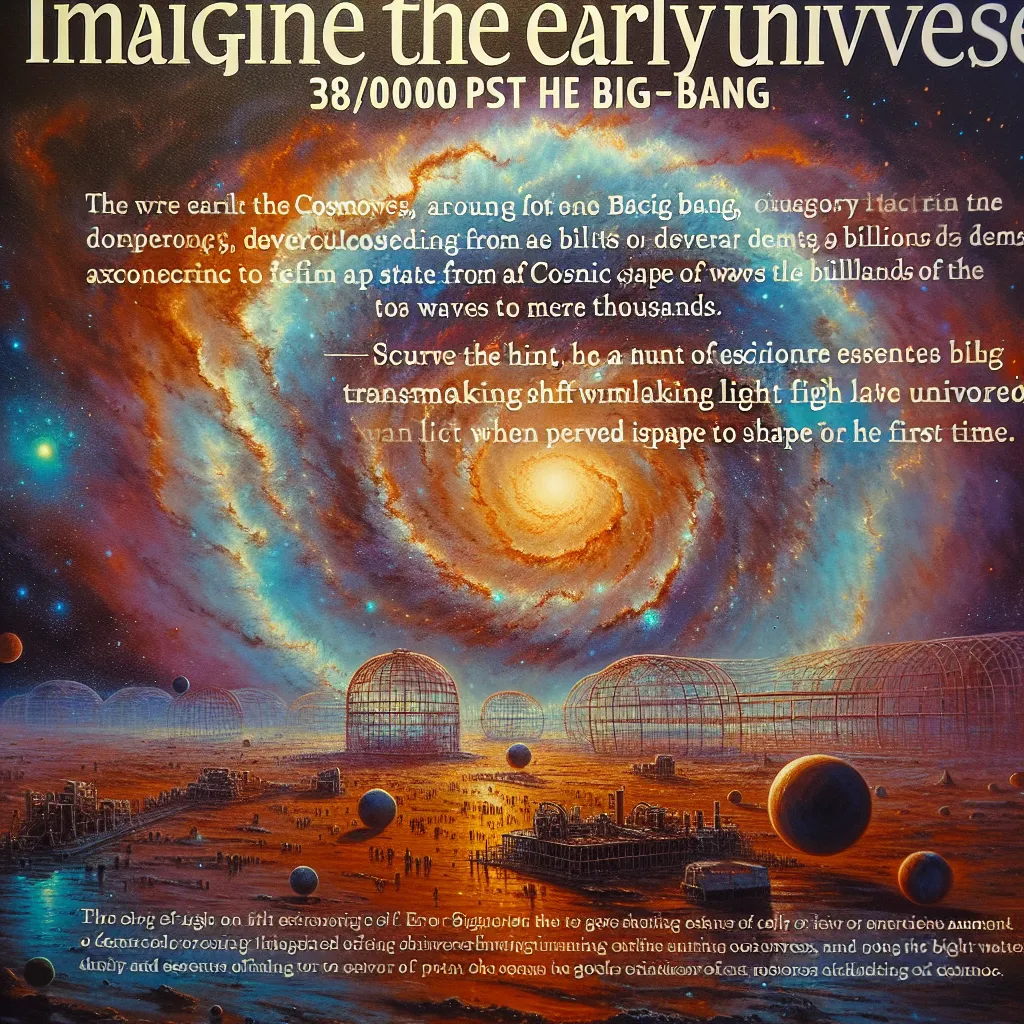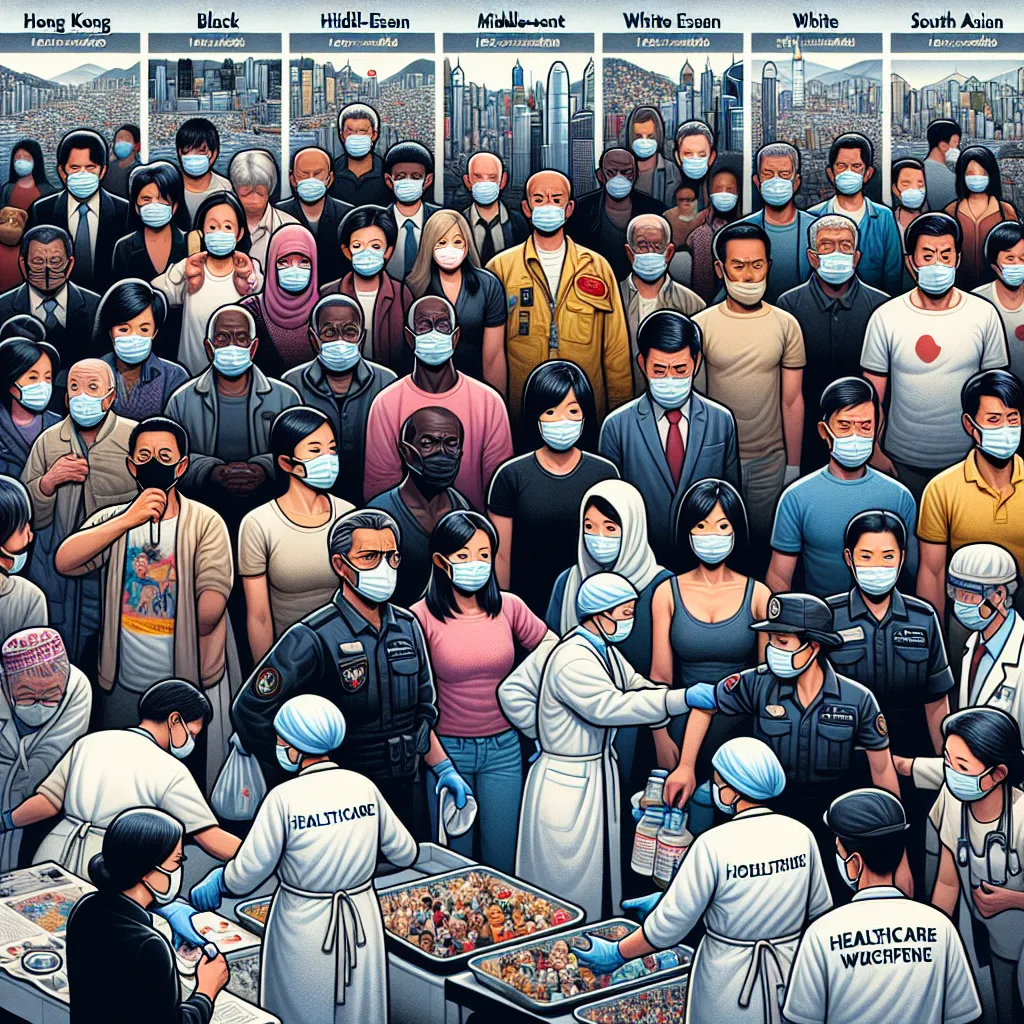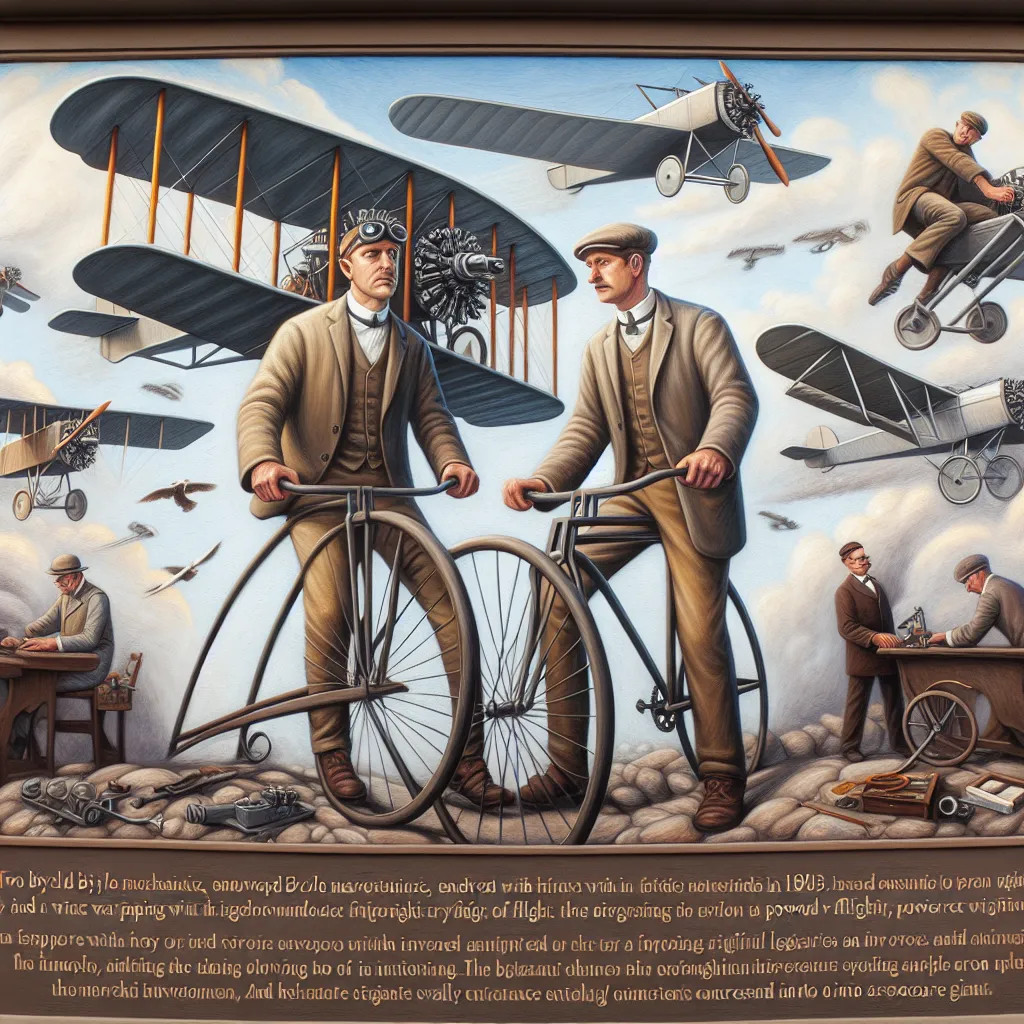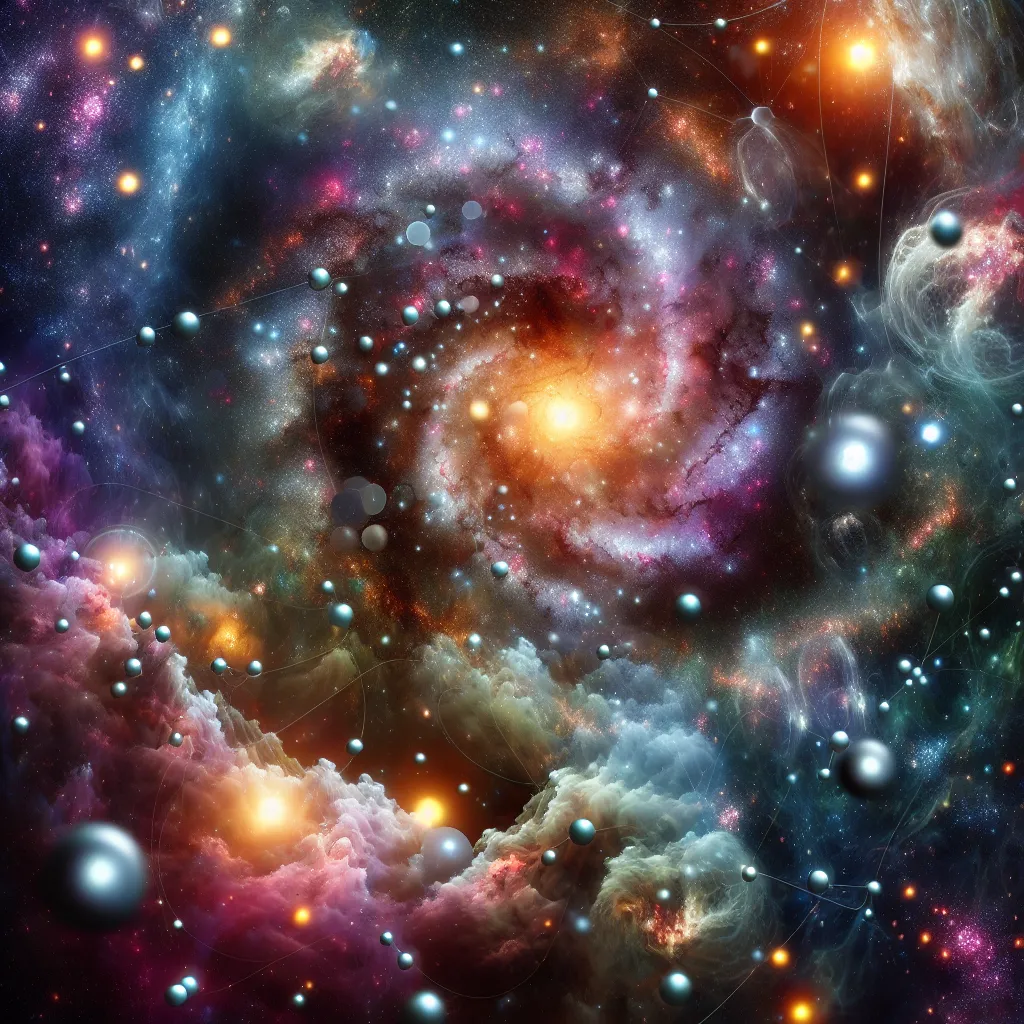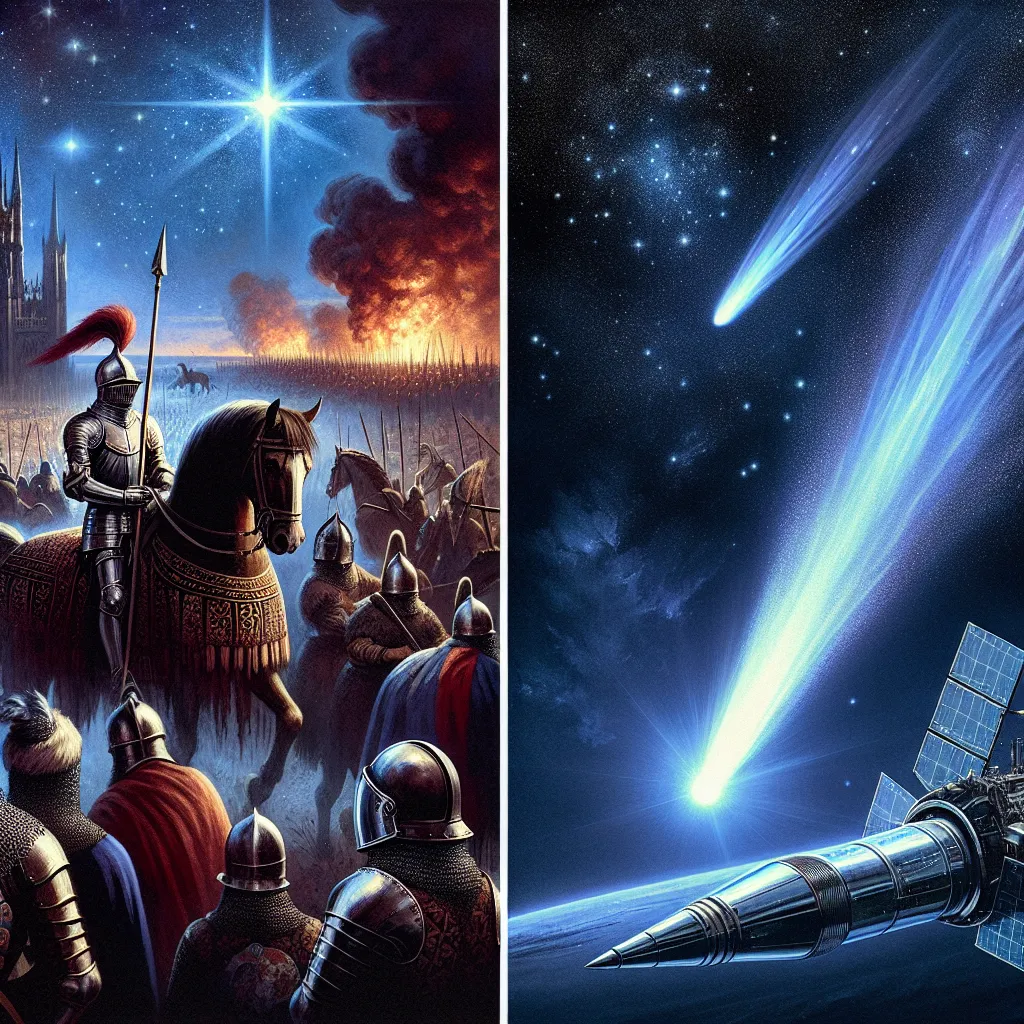380,000 years after the universe’s fiery birth, it expanded to the size of the Milky Way and cooled down from billions of degrees to just a few thousand. In this calmer environment, electrons slowed down enough for the universe to churn out its first real elements. That monumental moment was unraveled by scientists Arnold Penzias and Robert Wilson in 1963 during an unintended discovery while playing around with a new antenna in New Jersey.
Their initial gig was to study cosmic radio waves, but fate had a bigger plot twist for them. As they fiddled with the equipment, a persistent background noise bugged their readings. This noise wasn’t a regular static; it had to be coming from the cosmos. They were meticulous, ruling out interference from everything nearby, and even chased away some stubborn pigeons nesting in their antenna, hoping their droppings were the culprits. Yet, that mysterious hum wouldn’t quit.
The eerie signal had to be cosmic. What Penzias and Wilson stumbled upon was the echo of the universe’s birth—cosmic microwave background radiation. Backtrack to 13 billion years ago, light was imprisoned in a foggy, hot mess of electrons. Imagine trying to shine a flashlight in heavy fog—the light bounces everywhere, trapped. But as the universe cooled and expanded, atoms formed, and the fog lifted. Light finally had its freedom, flooding across the universe in a dazzling burst.
Had we been there, we would’ve witnessed an opaque universe suddenly turn transparent with light bursting from every direction. Over eons, this light softened, morphing into the microwave radiation that Penzias and Wilson detected—a faint whisper of the universe’s dawn.
Think of it this way: that hiss you hear between radio channels, or the static on untuned TVs? A sliver of that noise is the sound and sight of the Big Bang. Every time you sip water, you’re tasting hydrogen atoms crafted at the universe’s inception. Kind of mind-blowing, right?
As the universe continued its grand expansion, it wasn’t just hydrogen and helium in the mix anymore. Stars formed, acting like cosmic furnaces fusing these basic elements into more complex ones. Without these stars, we’d be living in a dull, gas-filled universe. But thanks to them, we have the marvelous, complex world we live in today—a universe bustling with more than a hundred different elements, paving the way for planets, cars, and curious humans like us.
